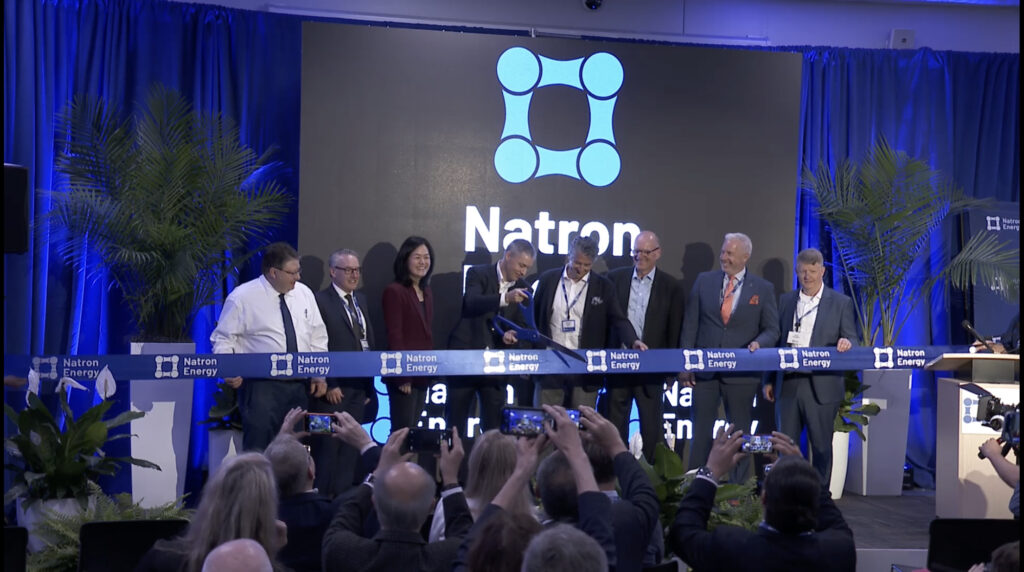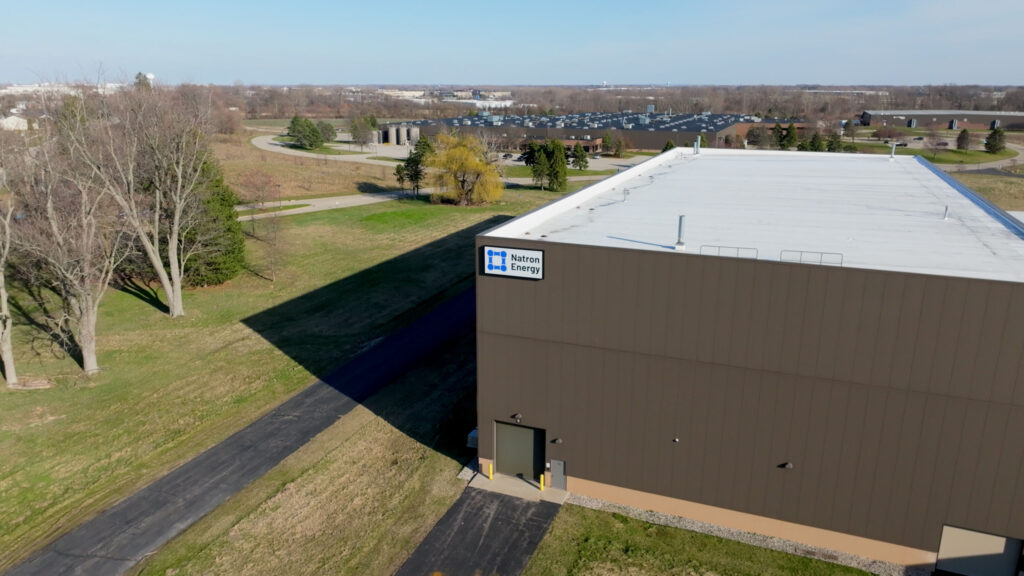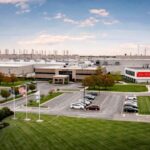ASIA ELECTRONICS INDUSTRYYOUR WINDOW TO SMART MANUFACTURING
Natron Opens New Plant For Na-Ion Battery In U.S.
Natron Energy, Inc. has commenced commercial-scale operations at its sodium-ion battery manufacturing facility in Holland, Michigan. Specifically, Natron’s milestone marks the first-ever commercial-scale production of sodium-ion batteries in the United States.
These batteries offer higher power density, higher cycles, and a domestic U.S. supply chain. Moreover, it offers unique safety characteristics over other battery technologies. What’s more, it is the only sodium-ion battery in the market listed on UL.
Earlier, the company marked the occasion with an opening ceremony held at its facility in Holland, Michigan.
Next Battery Revolution
“Sodium-ion batteries offer a unique alternative to lithium-ion, with higher power, faster recharge, longer life-cycle, and a completely safe and stable chemistry. As we now begin to scale production, Natron will strengthen the domestic battery supply chain and create high-quality clean energy jobs in Michigan,” said Colin Wessells, founder and co-CEO, Natron Energy.

In addition, Wessells added, “The electrification of our economy is dependent on the development and production of new, innovative energy storage solutions. We at Natron are proud to deliver such a battery without the use of conflict minerals or materials with questionable environmental impacts.”
Meanwhile, Wendell Brooks, co-CEO, Natron Energy, said, “Our new Holland facility will significantly accelerate Natron’s growth trajectory, positioning the company to lead the next battery revolution.”
“In addition, we expect our battery solutions…to power the explosive growth in data centers used for Artificial Intelligence. At Natron, we are proud to be leading the development of revolutionary sodium-ion battery technology.”
Targets Data Centers, Industrial Sector
Natron has invested over $40 million to upgrade the $300 million facility. Thereafter, it converted existing lithium-ion battery manufacturing lines to sodium-ion battery production. Contributing to this investment, ARPA-E provided $19.8 million through the Seeding Critical Advances for Leading Energy technologies with Untapped Potential (SCALEUP) program.
The Holland facility will accelerate Natron’s technology commercialization while supporting over 100 local jobsby the end of 2025. Furthermore, it will strengthen the region’s rapidly growing clean energy manufacturing sector.

“Today, we celebrate a factory that can fundamentally change industrial power and tackle domestic supply chains, and make the United States the world leader in sodium-ion battery technology,” said ARPA-E Director Evelyn N. Wang.
The Holland facility can produce 600MW of sodium-ion batteries annually at full capacity. Moreover, this can serve as a blueprint for future Natron giga-scale facilities. Natron will begin battery shipments in June with an initial focus on data center customers to address the energy storage needs and 24/7 power required to support the explosive growth of Artificial Intelligence. Beyond data centers, Natron aims to transform the way businesses use industrial power across a wide range of end markets. Specifically, including industrial mobility, EV fast charging, and telecom, among others.
High Performance, Better Density
Natron’s patented Prussian blue electrodes store and transfer sodium ions faster, more often. Moreover, it comes with lower internal resistance than any other commercial battery today. Natron’s battery chemistry presents zero strain during charging and discharge, 10x faster cycling than traditional lithium-ion batteries. What’s more, it promises over 50,000 cycle-life.
Natron’s supply chain requires zero lithium, cobalt, nickel, or other difficult-to-obtain minerals. Made from commodity materials including aluminum, iron, manganese, and sodium electrolyte, Natron’s cells, modules, and battery represent an environmentally and socially responsible alternative to lead-acid and lithium-ion batteries.
The Advanced Research Projects Agency-Energy (ARPA-E) provided the first source of funding to Natron in 2012, followed by additional funding in 2020, and the Company has received investments from strategic customers, including Chevron and Nabors Industries.
7 May 2024




